
In June 2016, my wife Trish and I signed up for a safari to Uganda with Africa Geographic. We have travelled extensively in eastern and southern Africa, but this would be our first visit to this less-discovered jewel. We had high hopes for superb birding and some memorable great ape encounters. Uganda delivered those, and so much more. By Malcolm Lund
Our safari began in Entebbe on the shore of Lake Victoria, where we found almost 70 bird species on our first day without even leaving town. Then it was off to Mabamba Swamp for our first try at that most unique and prehistoric-looking of birds, the shoebill. We had a terrific ‘photoshoot’ with this highly sought-after Ugandan speciality and many other marsh and water birds.
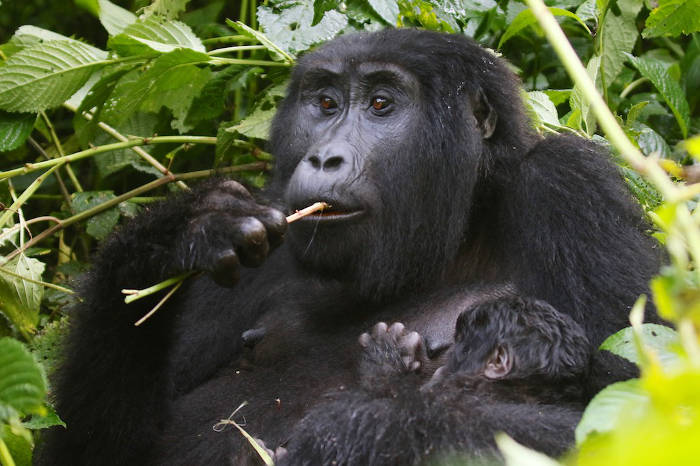
After a quick visit to Lake Mburo National Park to enjoy its savannah wildlife and chalk up many more bird species, we headed into the highlands of southwestern Uganda.
We spent five glorious days in Bwindi Impenetrable National Park, hiking and enjoying its highland forest’s serene beauty and prolific birdlife. But the show’s real star here was gorilla trekking – an easy forest walk to visit a troop of mountain gorillas. Spending an hour in the presence of such gentle giants was a highlight of this trip and all our time in wild Africa.
We could have happily spent our entire holiday in Bwindi, but Uganda had many more secrets for us to discover.

Next up was a visit to the game-rich savannahs of Queen Elizabeth National Park. Here, we met the handsome Ugandan kob and the renowned tree-climbing lions of Ishasha.
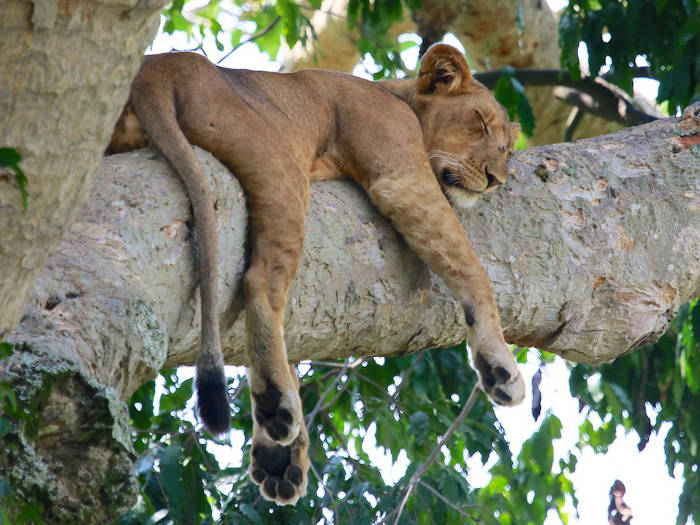
We also took a relaxing boat cruise along the bird-rich shores of the Kazinga Channel. Herds of water-loving elephants were entertaining, but the hundreds of pied kingfishers really stole the show.

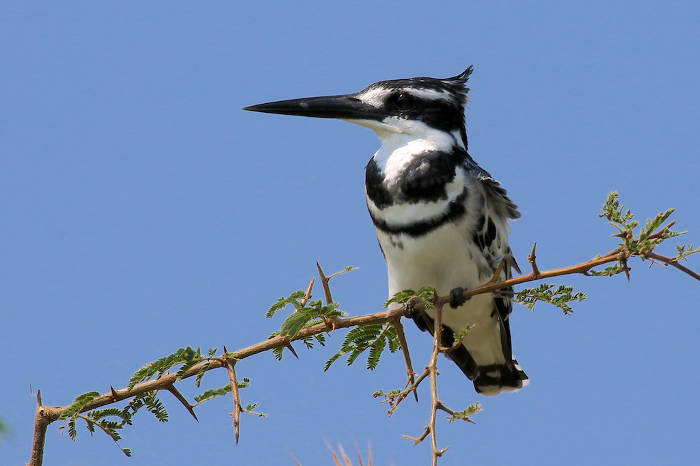
Next up was our second great ape encounter of the tour, a morning of chimpanzee tracking in Kibale Forest. The forest walk was pleasant, and we had an excellent viewing of chimps engaging in many interesting behaviours. What struck us most was how different this was from our mountain gorilla encounter. The gorillas were docile and calm, while the chimps were very vocal and constantly on the move in their forest home.

After Kibale, we got down to the serious business of Uganda birding. The lowland rainforest of the Congo Basin extends into the Albertine Rift Valley of extreme western Uganda. Two very special reserves there, Semliki and Budongo, are nirvana for serious birders.
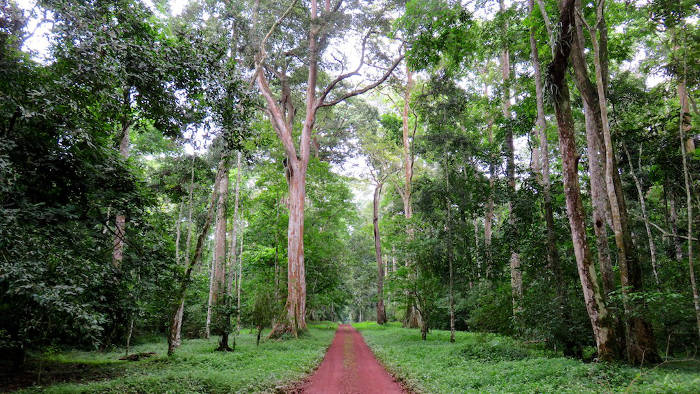
There are rewards for more casual birdwatchers, including many species of hornbills, kingfishers and bee-eaters. For hard-core twitchers, the deep forest birding is both challenging and very rewarding, with the enticing possibility of seeing birds that you will not find anywhere else in East Africa.
My personal favourite was a gorgeous chocolate-backed kingfisher, which gave us a memorable show along a beautiful forest path called the Royal Mile.

Our final stop on the tour was in Murchison Falls National Park, where several compelling attractions competed for our attention. Much of the park is lovely savannah parkland dotted with Borassus palms.

Huge numbers of antelopes such as Uganda kob, waterbuck, topi, hartebeest and oribi mingle with elephants, buffaloes and giraffes. And flowing dramatically through the middle of the park is the grand Victoria Nile, with its complement of hippos, crocodiles and teeming birdlife.
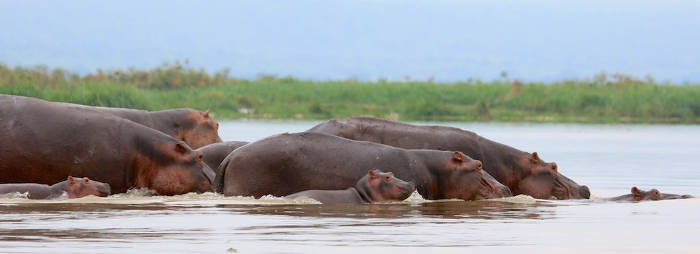
We couldn’t have scripted a better finish to our safari. On a Nile cruise on our final morning, we ended just as we had started: with a photo shoot of that rare, magnificent, one-of-a-kind Ugandan special, the shoebill.

Uganda proved to be much more than we imagined, with something for everyone – beautiful and diverse landscapes, very welcoming people, world-class guides, excellent game reserves, unforgettable great ape encounters, and truly outstanding birding.
Even with over 440 bird species in 19 days, we were lucky not to have seen them all – because now we have a reason for a return trip to Uganda!
 Find out about Uganda for your next African safari – find a ready-made safari or ask us to build one just for you.
Find out about Uganda for your next African safari – find a ready-made safari or ask us to build one just for you.

To comment on this story: Login (or sign up) to our app here - it's a troll-free safe place 🙂.![]()
HOW TO GET THE MOST OUT OF AFRICA GEOGRAPHIC:
- Travel with us. Travel in Africa is about knowing when and where to go, and with whom. A few weeks too early / late and a few kilometres off course and you could miss the greatest show on Earth. And wouldn’t that be a pity? Browse our ready-made packages or answer a few questions to start planning your dream safari.
- Subscribe to our FREE newsletter / download our FREE app to enjoy the following benefits.
- Plan your safaris in remote parks protected by African Parks via our sister company https://ukuri.travel/ - safari camps for responsible travellers






